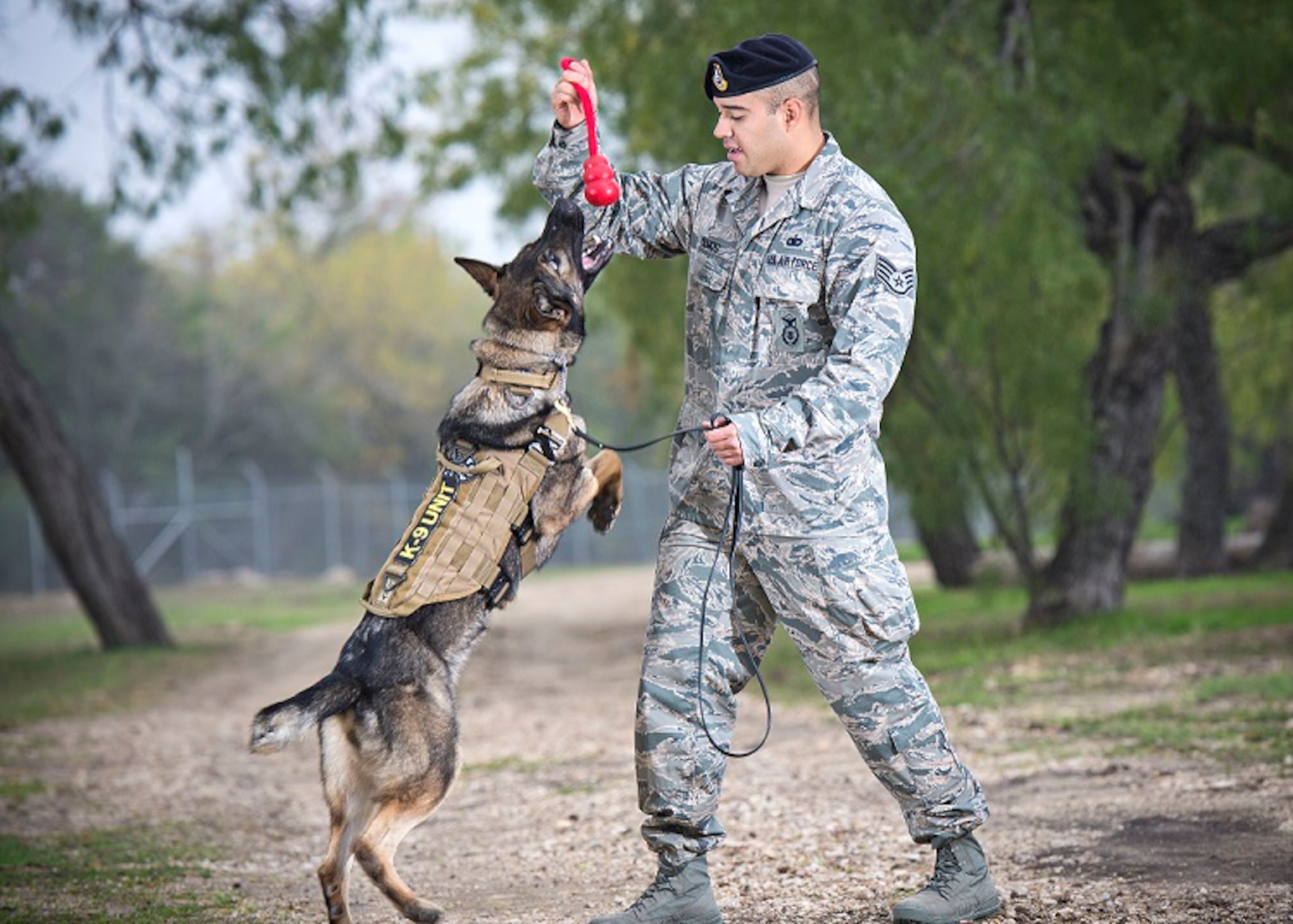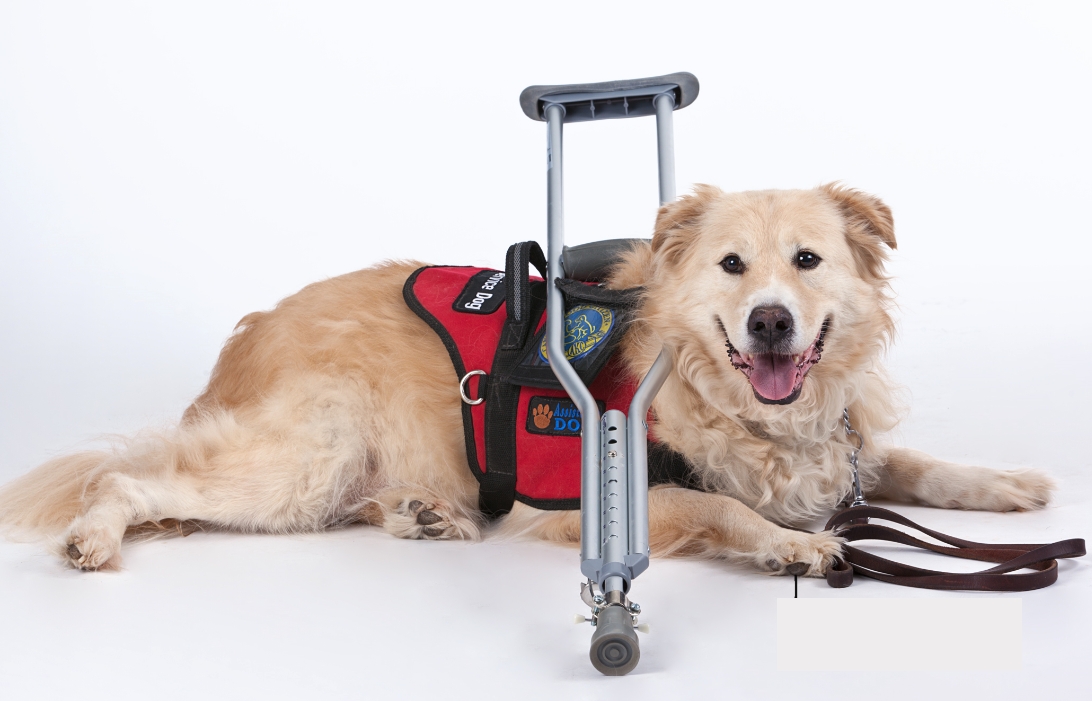Professional Dog Training Rochester NY for All Types of Behavioral Needs
Professional Dog Training Rochester NY for All Types of Behavioral Needs
Blog Article
Transform Your Pet's Behavior With Proven Training Methods
Changing your dog's behavior requires a nuanced understanding of their individual attributes and demands, as well as the application of tested training techniques. By utilizing favorable support and acknowledging essential add their body language, you can efficiently attend to common behavior problems such as extreme barking or leaping. Consistency in your training technique not just boosts obedience but additionally cultivates a much deeper bond of count on and respect between you and your pet. Nonetheless, the course to effective transformation may offer unforeseen challenges that warrant further exploration.

Recognizing Pet Dog Habits
Recognizing dog habits is vital for effective training and communication in between humans and their canine buddies. Pets, as social animals, display a series of actions affected by genetics, atmosphere, and experiences. Acknowledging these actions aids owners customize their training approaches to fulfill the specific requirements of their pet dogs.
Key aspects of dog behavior consist of body language, vocalizations, and social interactions. Furthermore, socialization plays an important function in shaping actions; pets that connect favorably with different people and various other pets are usually extra versatile and well-adjusted.
Furthermore, recognizing stress signals-- such as panting, evasion, or pacing behaviors-- can protect against rise into more significant problems. Owners that are attuned to their dog's actions can produce a safe and caring atmosphere, promoting trust and boosting the training process. Inevitably, a deep understanding of canine habits lays the foundation for a harmonious partnership and effective training outcomes, ensuring both pet dogs and their proprietors thrive together.
Favorable Reinforcement Strategies
Positive reinforcement techniques are extensively acknowledged as one of one of the most effective techniques for training dogs, promoting a positive understanding atmosphere. This strategy involves satisfying desired behaviors with deals with, praise, or play, thus motivating the pet dog to duplicate those behaviors (Dog training). Unlike punishing approaches, favorable reinforcement develops trust fund and enhances the bond in between the instructor and the dog
To apply positive support efficiently, timing is important. Incentives must be offered right away adhering to the wanted behavior to help the canine make the link. Consistency is likewise necessary; making use of the same commands and rewards aids the pet understand what is expected. Additionally, varying the benefits can maintain the pet involved. For instance, alternating in between deals with, toys, and verbal praise can maintain interest and motivation.
It is essential to note that favorable support is not regarding bribery; rather, it is about reinforcing etiquette. With time, as the pet discovers to associate specific activities with favorable outcomes, the regularity of incentives can be slowly lowered, transitioning to spoken appreciation or recurring incentives. This technique not only encourages obedience but additionally advertises a pleased and confident canine, making training a more delightful experience for both celebrations involved.
Addressing Usual Issues
Addressing typical issues throughout dog training is crucial for making sure a harmonious and effective relationship in between the dog and its owner. Lots of dog owners encounter behavioral challenges, such as excessive barking, leaping, and leash drawing. Understanding the origin of these actions is crucial for reliable training.
To reduce this, give sufficient physical workout, mental excitement, and chances for social interaction with both human beings and other pet dogs. Educating the canine to sit upon greeting can reroute this habits favorably.
Chain pulling is one more common problem, frequently arising from a dog's eagerness to discover. Making use of correct chain taking care of techniques, combined with training protocols that encourage loose-leash strolling, can dramatically boost this habits.
On top of that, problems like resource protecting or separation anxiousness need tailored techniques. Gradual desensitization and counter-conditioning can be effective in addressing these obstacles. By acknowledging and proactively handling these usual concerns, canine owners can cultivate a much more satisfying training experience and enhance the bond with their canine buddies.
Consistency in Training
Uniformity is a foundation of effective pet training, as it establishes a clear framework for the dog to recognize expectations and behaviors. When commands, rewards, and signs are used uniformly, pet dogs can much more conveniently realize what is needed of them. Irregular training can result in Dog training complication, resulting in unwanted actions that irritate both the trainer and the pet dog.
To achieve consistency, it is crucial that all members of the family abide by the exact same training approaches. Making use of the exact same spoken cues and hand signals makes certain that the dog gets consistent messages. Furthermore, the timing of corrections and rewards must be regular; immediate reinforcement increases the likelihood that the pet will connect the behavior with the outcome.
Regular practice sessions, coupled with organized timetables for feeding, strolling, and playtime, help dogs anticipate and recognize their setting, making them much more receptive to training. Ultimately, uniformity promotes a sense of safety and security and count on, equipping canines to learn extra properly.
Building a Strong Bond
Just how can promoting a strong bond in between a canine and its proprietor improve the training experience? When a pet feels safe and secure in its connection with its proprietor, it is much more most likely to exhibit favorable behaviors and be responsive to finding out.

Additionally, a well-established connection can decrease anxiety and behavioral issues, as dogs are less most likely to act out when they really feel comprehended and looked after. Focusing on the development of a strong bond not only improves the training experience yet likewise contributes to a happier and more well-adjusted pet. Ultimately, the trip of training transforms into a collective partnership, causing basics lasting behavior renovations.
Conclusion

Proprietors who are attuned to their canine's habits can produce a caring and secure setting, fostering depend on and boosting the training procedure. Ultimately, a deep understanding of canine behavior lays the foundation for a harmonious partnership and effective training outcomes, making sure both pet dogs and their proprietors grow with each other.
Addressing typical problems throughout pet training is important for making sure a effective and unified relationship in between the pet dog and its owner (Dog training).Uniformity is a keystone of reliable pet training, as it develops a clear framework for the pet dog to recognize habits and assumptions.In final thought, check transforming a canine's habits through proven training techniques calls for an understanding of canine behavior, the application of favorable support methods, and a focus on consistency
Report this page